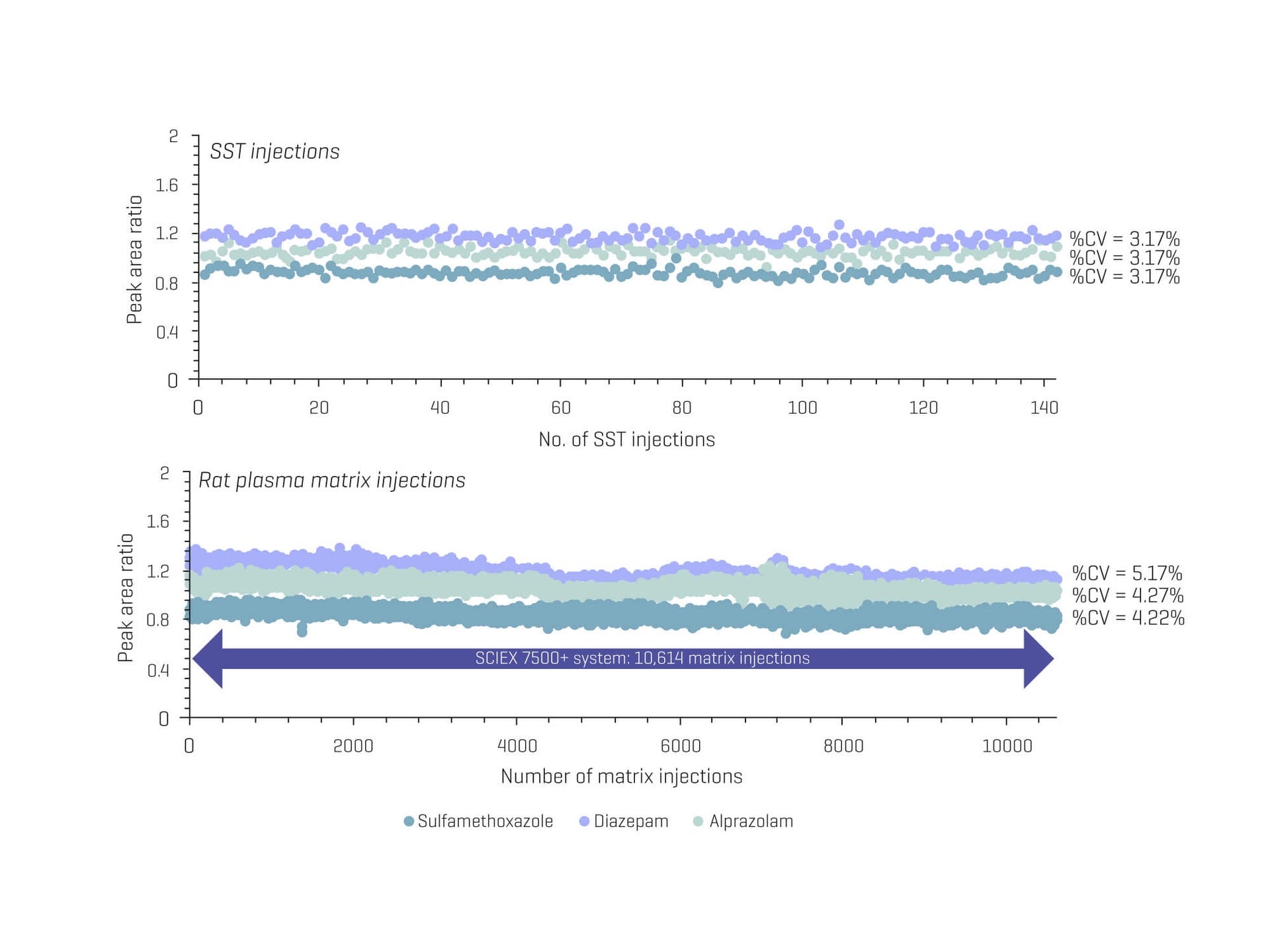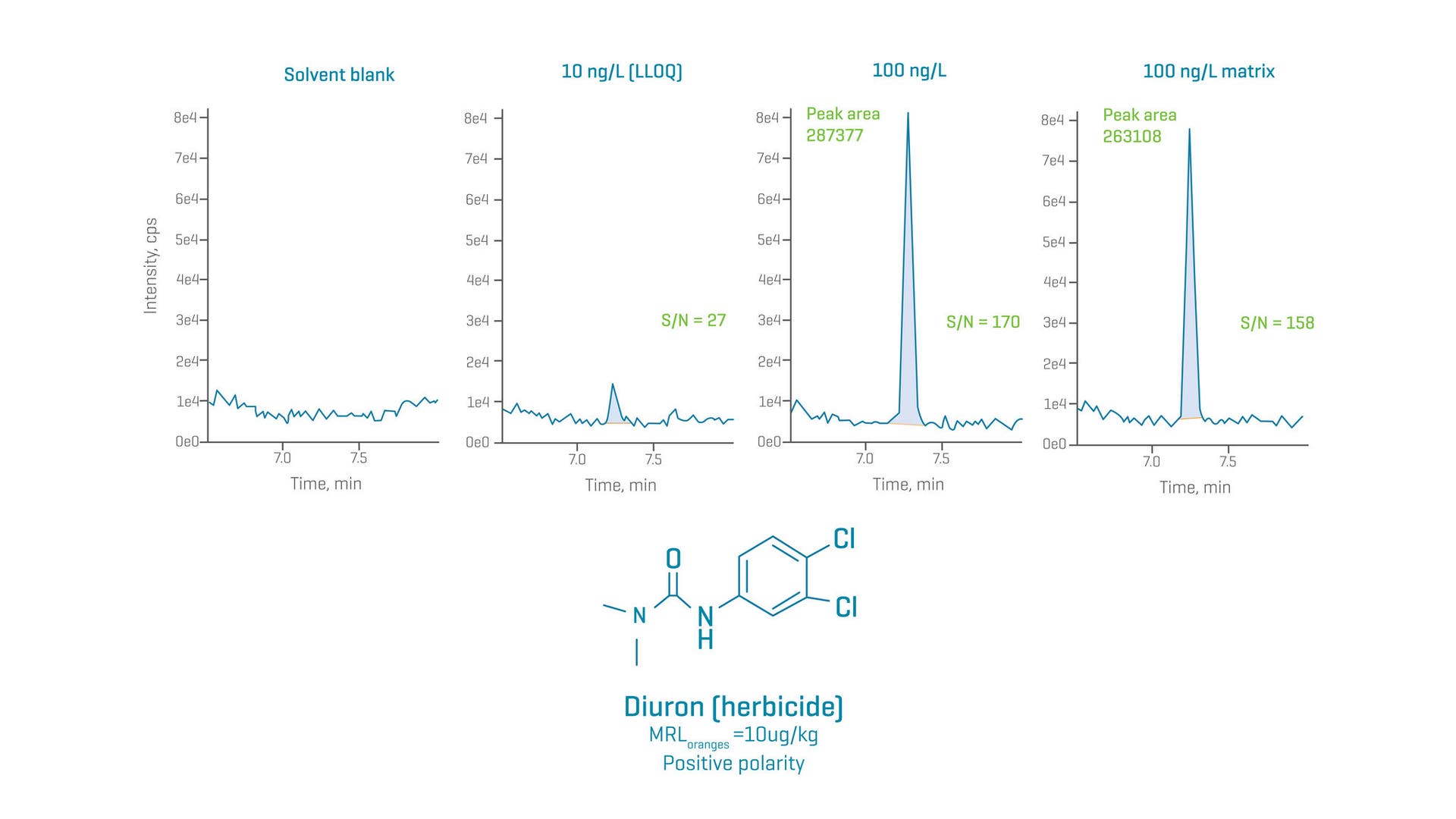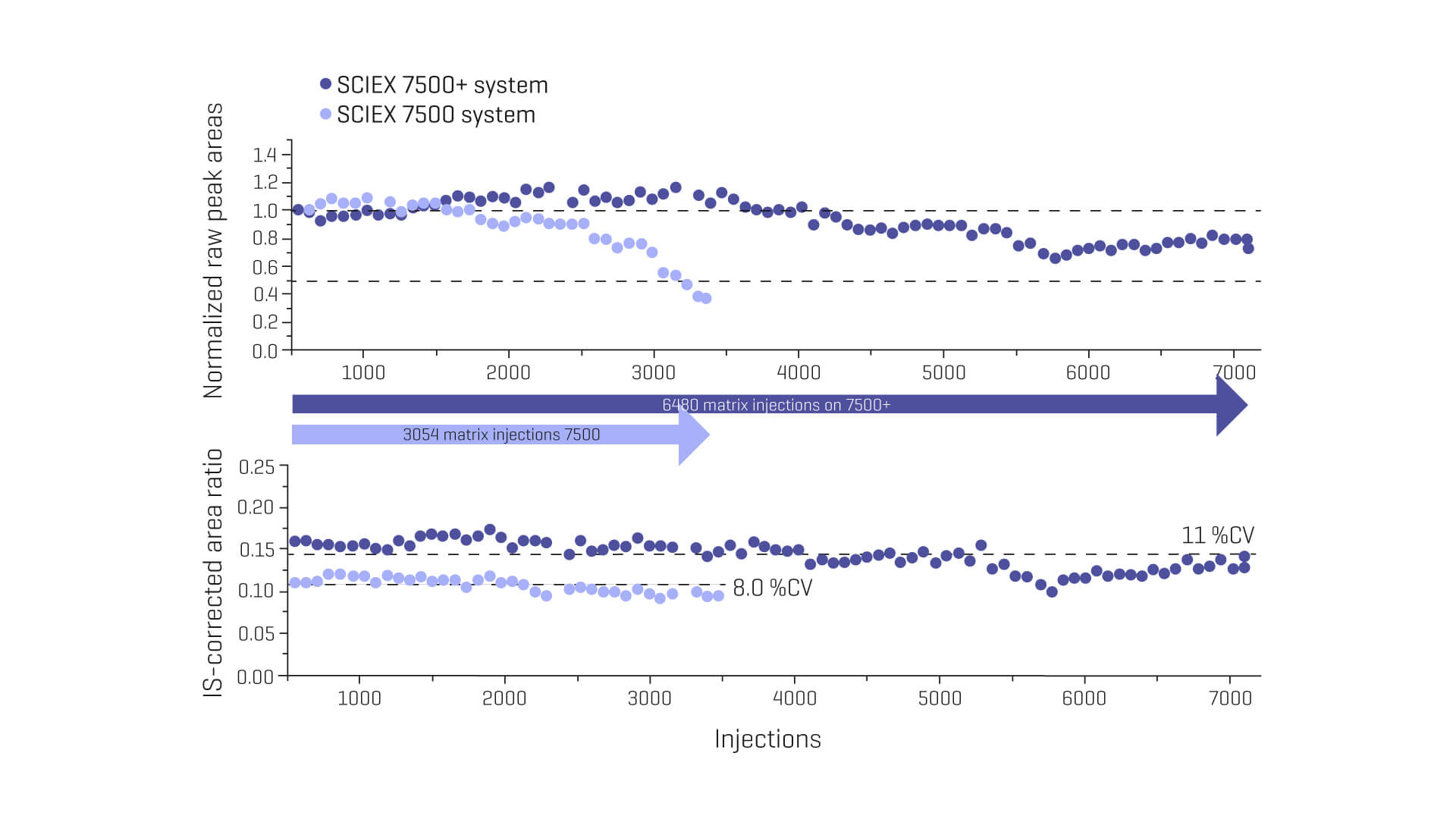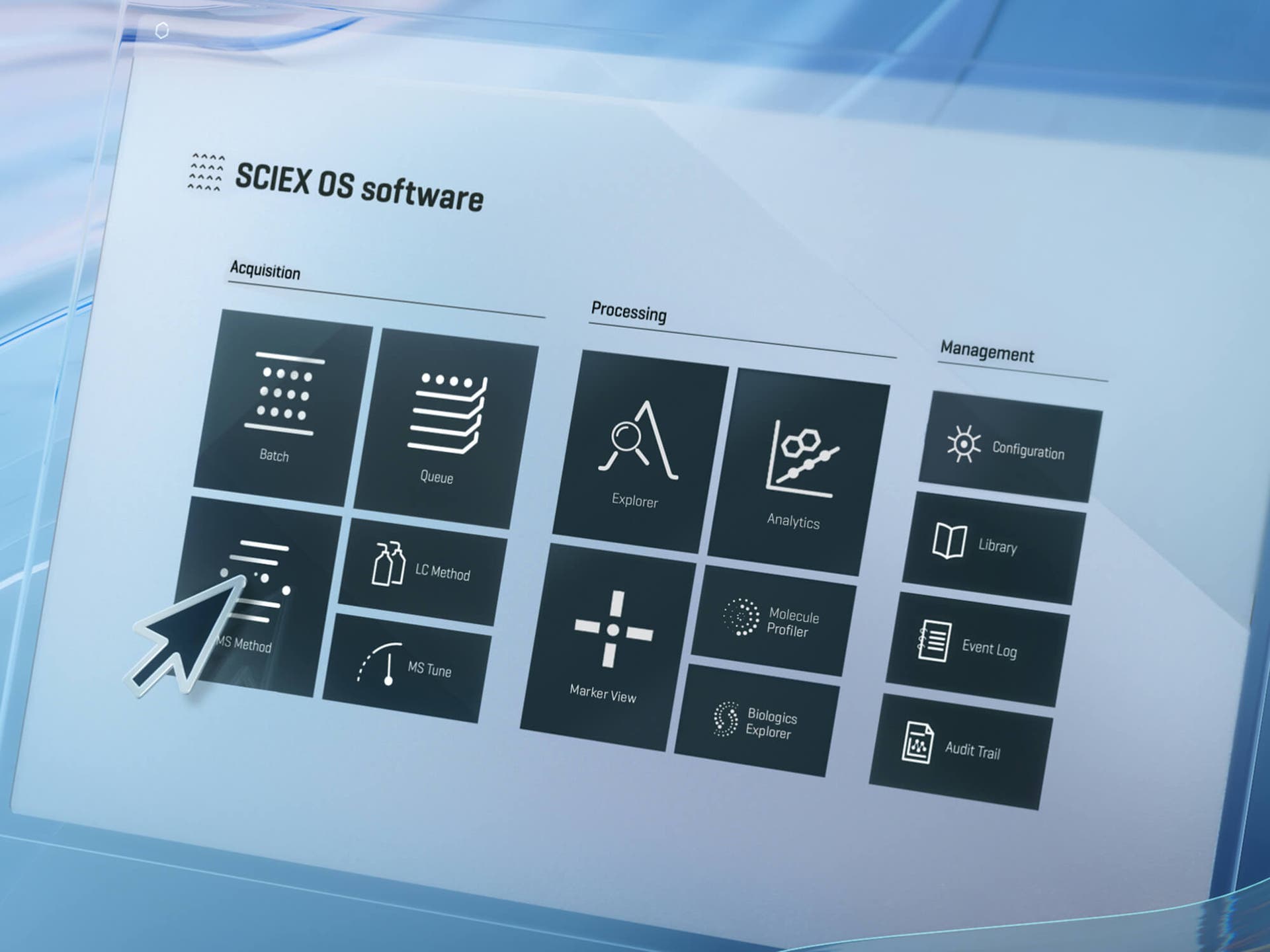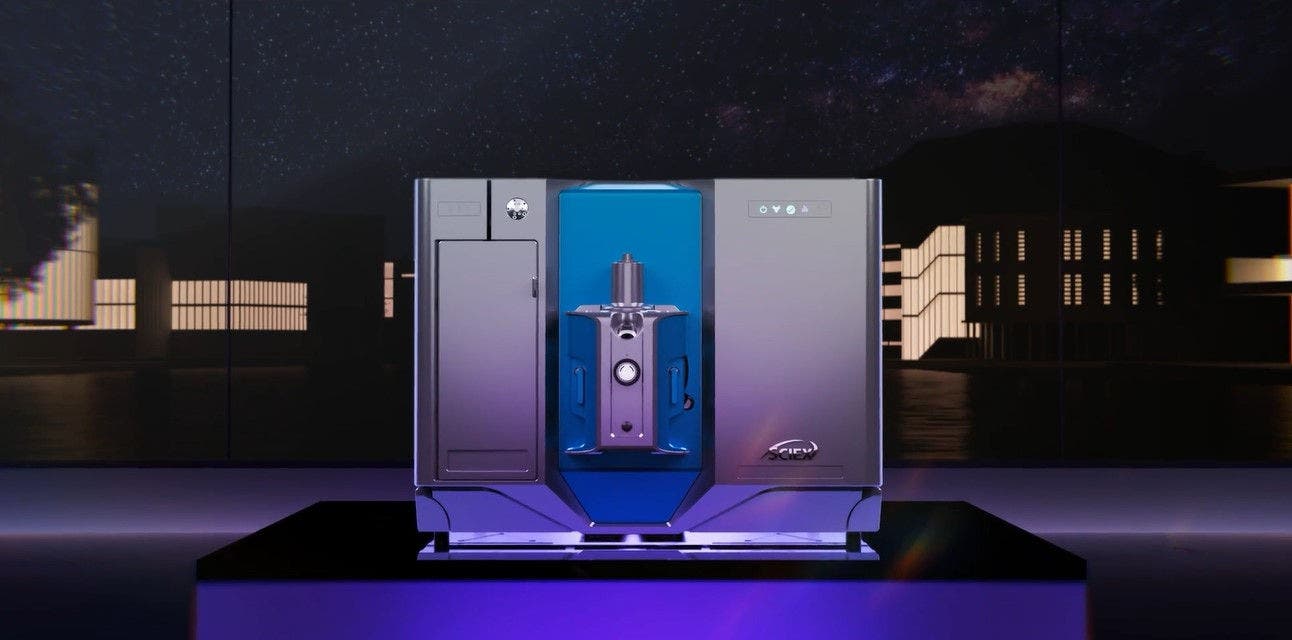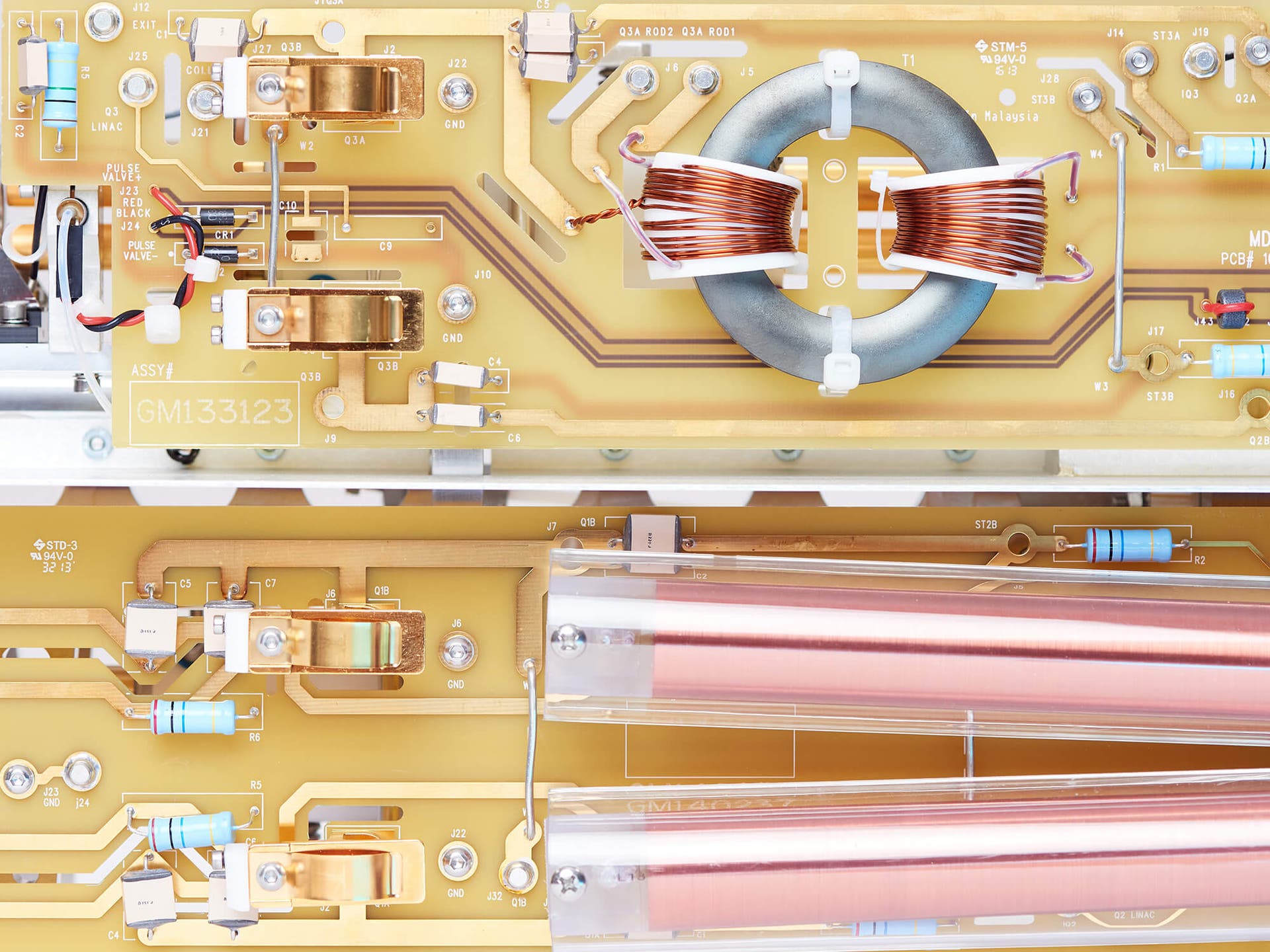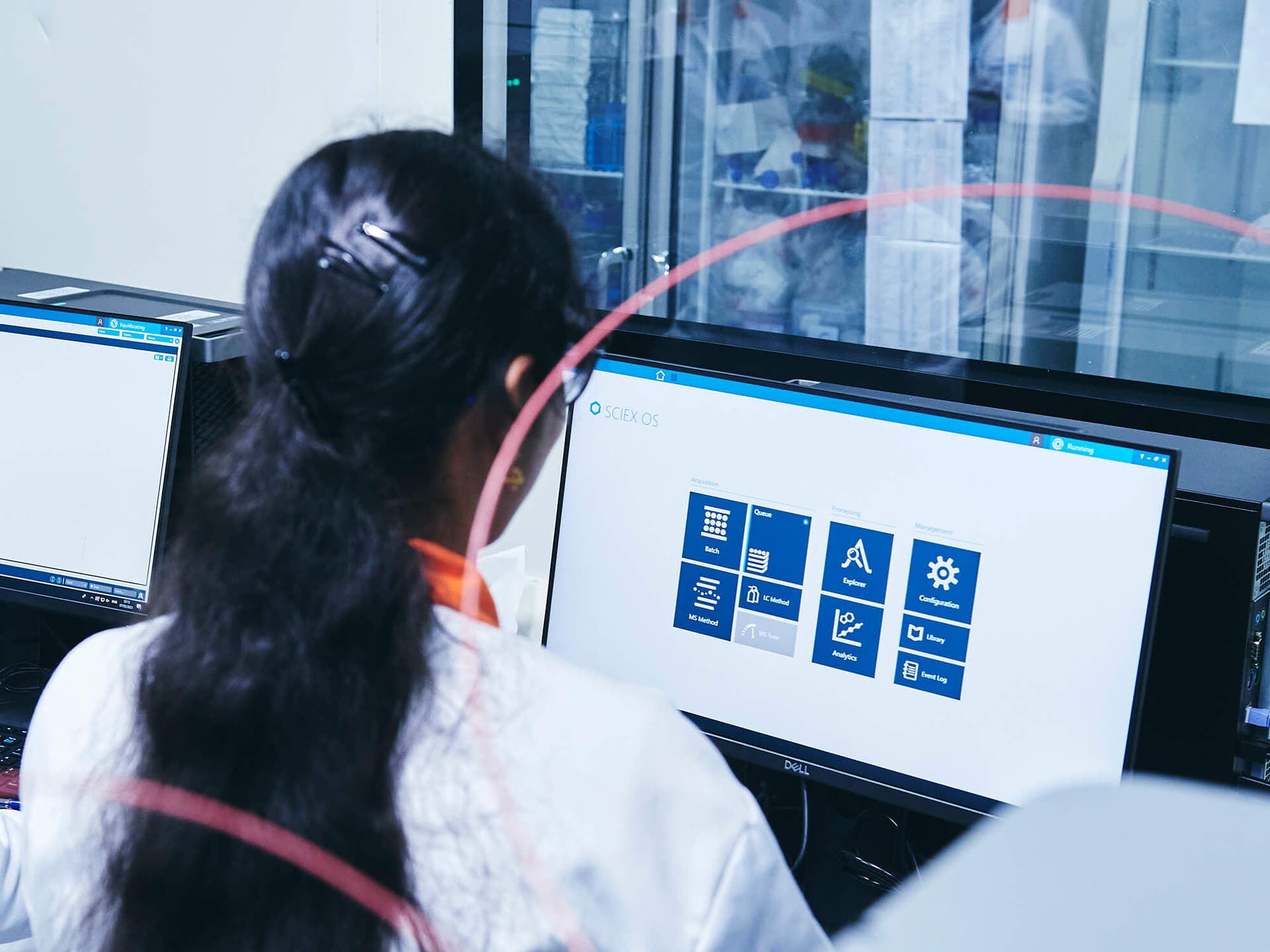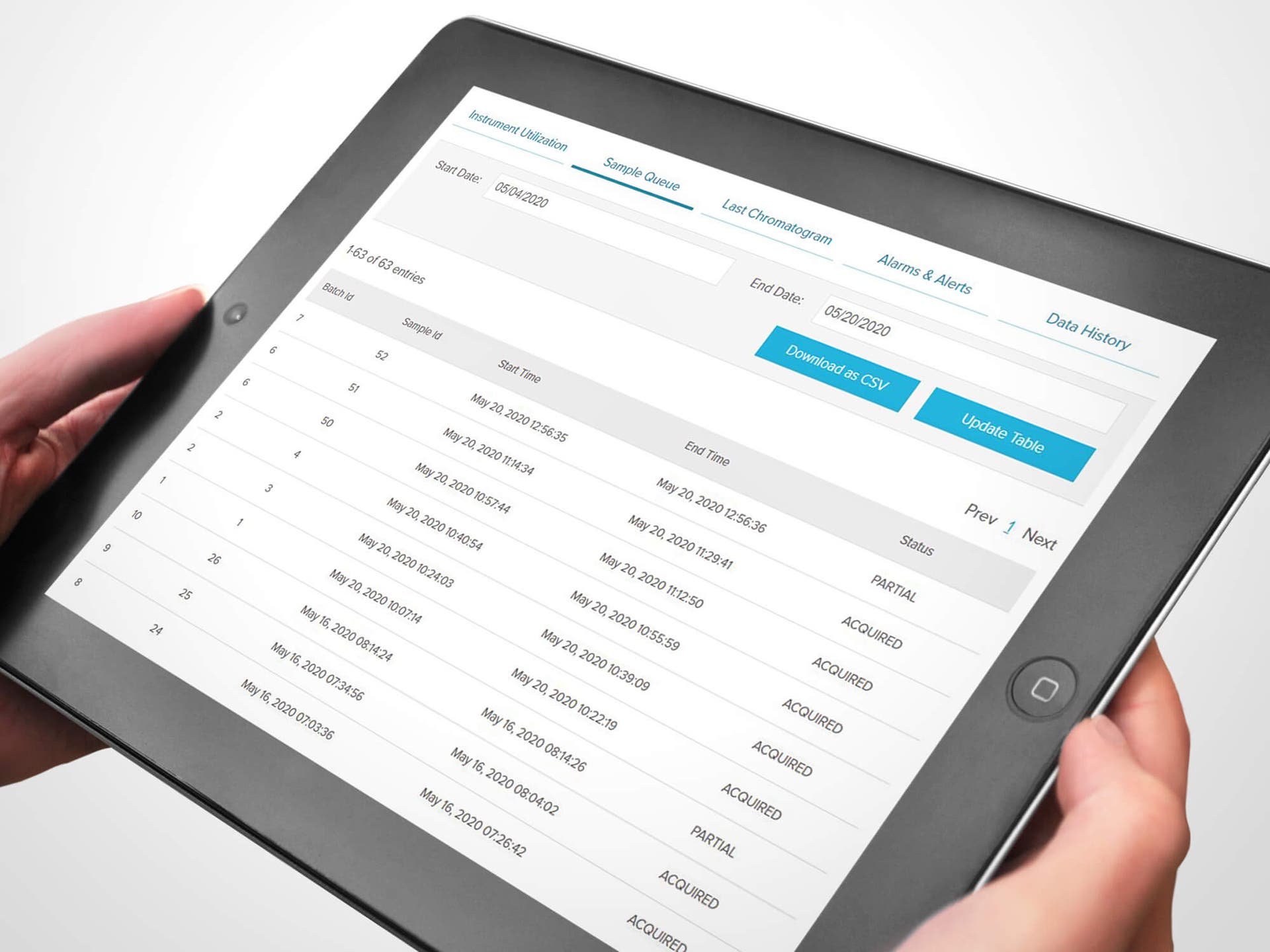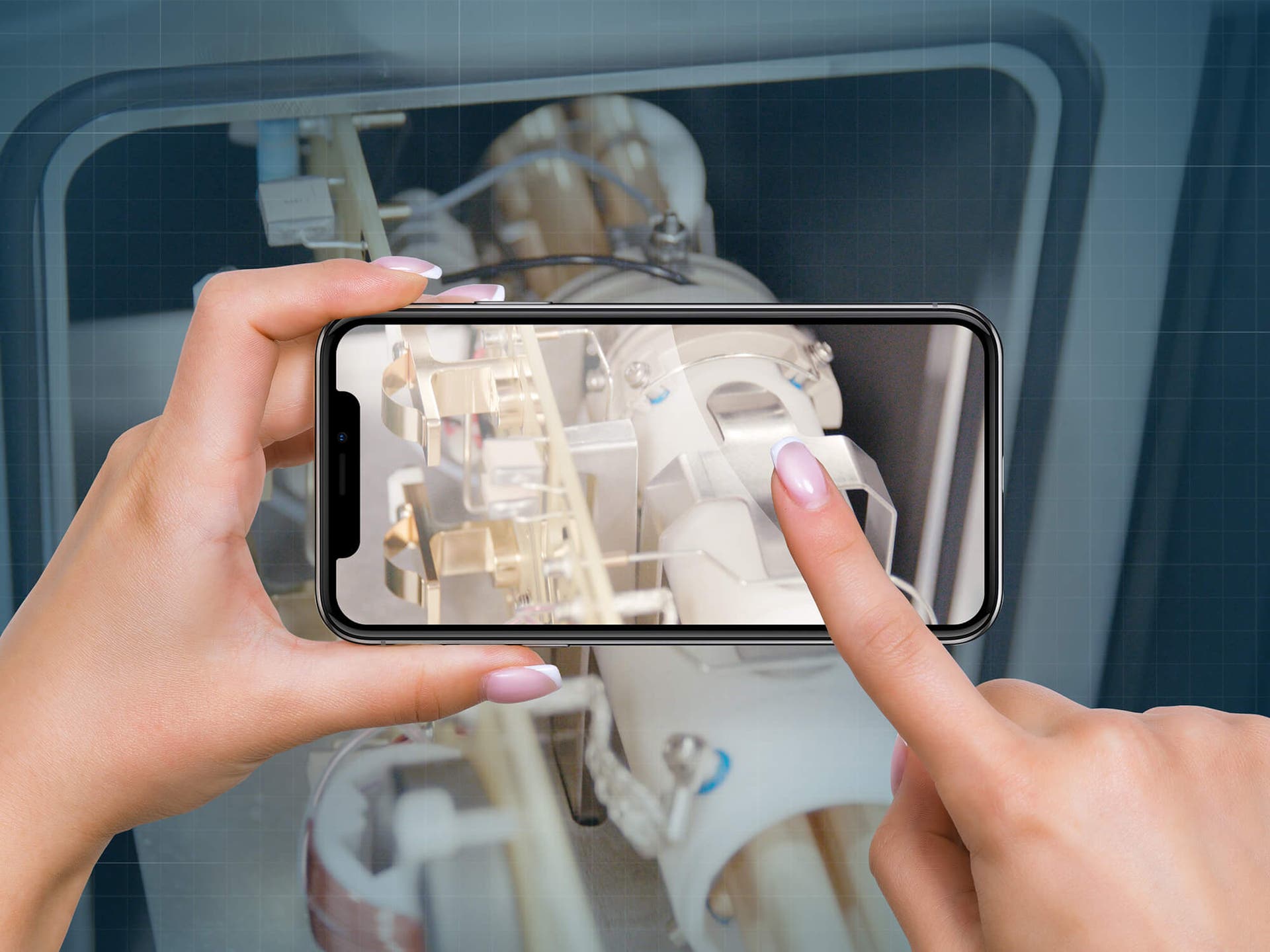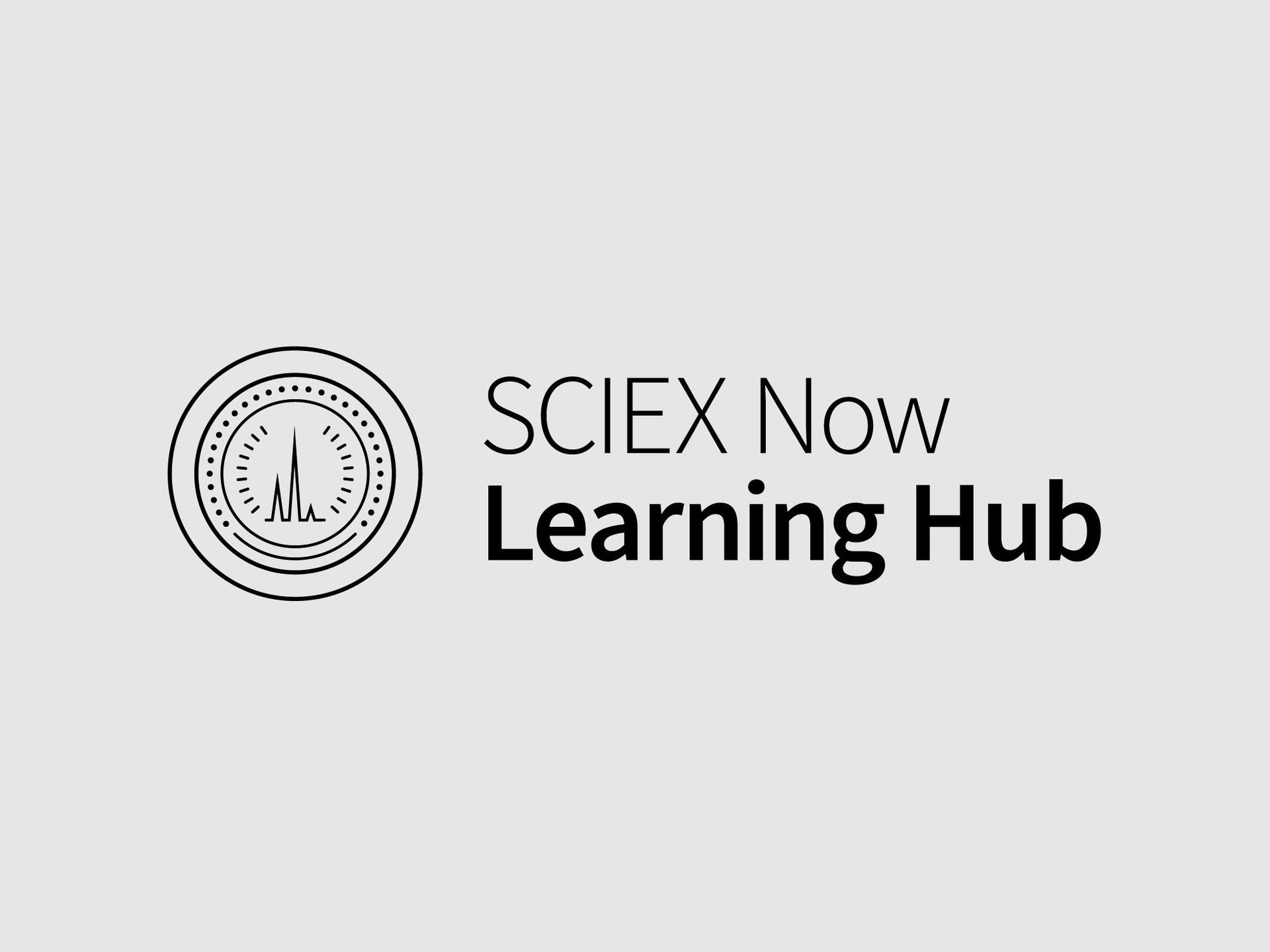The SCIEX 7500+ system is a triple quadrupole engineered to maintain our highest sensitivity for up to twice as long in complex matrices.
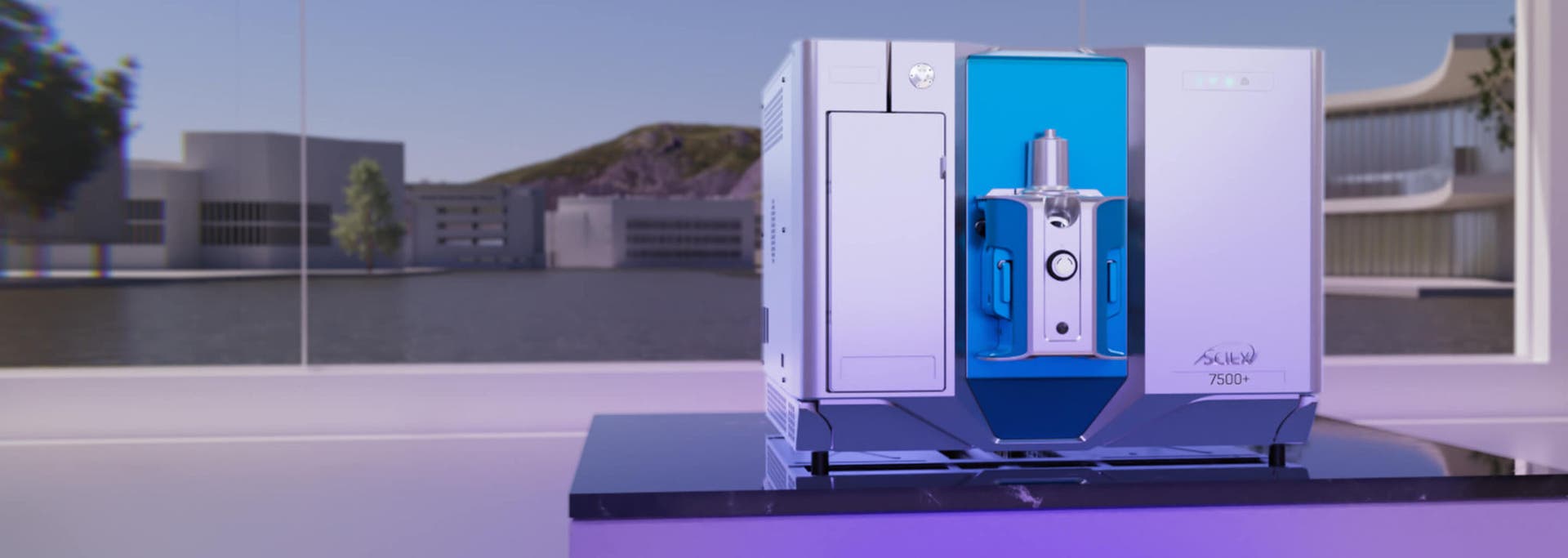
Science moves forward because you do
Resilience stands at the heart of scientific pursuits, demanded by the pressures and uncertainties inherent to research. Analytical equipment must offer peace of mind, enabling scientists to maintain focus without the worry for the reliability of their instruments. The SCIEX 7500+ system exemplifies this resilience, providing consistent, high-sensitivity results even in the most demanding analytical environments.
Featured resources
-
Technical note
Redefine bioanalysis with enhanced robustness on the SCIEX 7500+ system
Integrating unparalleled sensitivity and highest levels of data stability makes the SCIEX 7500+ system a powerful tool for bioanalysis in complex matrices
-
Technical note
Quantitative performance of a next-generation, highly robust triple quadrupole mass spectrometer
Capitalize on increased robustness while maintaining system sensitivity for long-term routine bioanalysis while staying compliant with SCIEX OS
-
Technical note
Achieving exceptional robustness for PFAS analysis in food with the next-generation SCIEX 7500+ system
See how Mass Guard technology actively removes contaminating ions to keep exceptional quantitative performance for 2x longer
-
Technical note
Direct injection analysis of pesticides in fruit juices on a next-generation, highly robust triple quadrupole mass spectrometer
Rapid quantitation of >200 pesticides in orange juice by direct injection demonstrated method transferability and equivalent sensitivity from the SCIEX 7500 system to the more robust SCIEX 7500+ system
-
Technical note
Discover unparalleled sensitivity and extended instrument uptime on the next-generation, SCIEX 7500+ system
Complex matrices contribute to matrix effects and instrument contamination. The SCIEX 7500+ system addresses these robustness issues while maintaining needed sensitivity.
-
Technical note
Fast scanning quantitative lipidomics analysis using the SCIEX 7500+ system
This technical note demonstrates the power and capability of the SCIEX 7500+ system to sensitively detect and quantify lipids using a comprehensive lipidomics panel with a multiple reaction monitoring (MRM) scan mode.
-
Technical note
Fast MRM acquisition and quantitation of food contaminants in multiple food matrices
The improved MRM acquisition rate of the SCIEX 7500+ system—as low as 3 ms per MRM—was used to analyze 560 pesticides and 43 mycotoxins, representing a total of1,462 MRM transitions in a single injection.
-
Technical note
A sensitive method for the quantitation of PFAS in a fluoro-pharmaceutical active pharmaceutical ingredient
Accurate and highlyreproducible quantitative performance was achieved for theanalysis of 23 PFAS in API solution.
-
Technical note
Quantitation of mycotoxins and tropane alkaloids in food using SCIEX 7500+ system and QTRAP technology
Explore a method for analysis of 23 mycotoxins and 2 tropane alkaloids in four food matrices achieving limits of quantitation (LOQs) 10-250 fold lower than the European Union (EU) Maximum Residue Limits (MRL).
-
Technical note
Development of a sensitive LC-MS/MS method for quantitation of trastuzumab emtansine in human serum
This technical note demonstrates a sensitive method for the quantitation of trastuzumab emtansine (TEx) in human serum using the SCIEX 7500+ system.
-
Technical note
Overcoming challenges in mass spectrometry: Performance gains for mycotoxin, plant toxins and secondary metabolites quantitation with the SCIEX 7500+ system
This technical note describes an ultrafast multiple reaction monitoring (MRM) method for the quantitation of mycotoxins in food on the SCIEX 7500+ system.
-
Technical note
Blood sugar regulating therapeutics: a fast and sensitive method for analysis of amylin analogs
Explore a a sensitive method for the quantitation of pramlintide in human serum on the SCIEX 7500+ system.
-
Technical note
An Ultra-high sensitivity analysis of nitrosamines in multiple water sources
This technical note demonstrates a validated method for the analysis of 8 nitrosamines in 3 different water matrices, achieving reporting limits of 1-3 ng/L.
The next era of quantitation
Mass Guard technology
This innovative technology reduces the risk and frequency of instrument contamination by novel ion filtering prior to mass separation.
Newly designed removable DJet+ assembly
The removable DJet+ assembly allows users to clean and maintain it themselves, making it easier to schedule front-end cleaning.
Speeds of up to 800 MRM per second
The fastest SCIEX triple quad yet increasing the scope for large quantitation panels that incorporate new compounds of concern.
High sensitivity, speed and resilience across large, complex sample sets
Delivering groundbreaking technology in the field of targeted quantitation, the SCIEX 7500+ system enables ultrasensitive levels of quantitation across drug development, emerging contaminants and life science research. The performance of the 7500+ system has been rigorously tested with accelerated high throughput assays on matrices notorious for causing instrument contamination. The system delivers sensitive, robust quantitation allowing you to quantify ultra low-level compounds in complex matrices with reduced risk of downtime.
Resilience means testing our systems under the most extreme conditions.
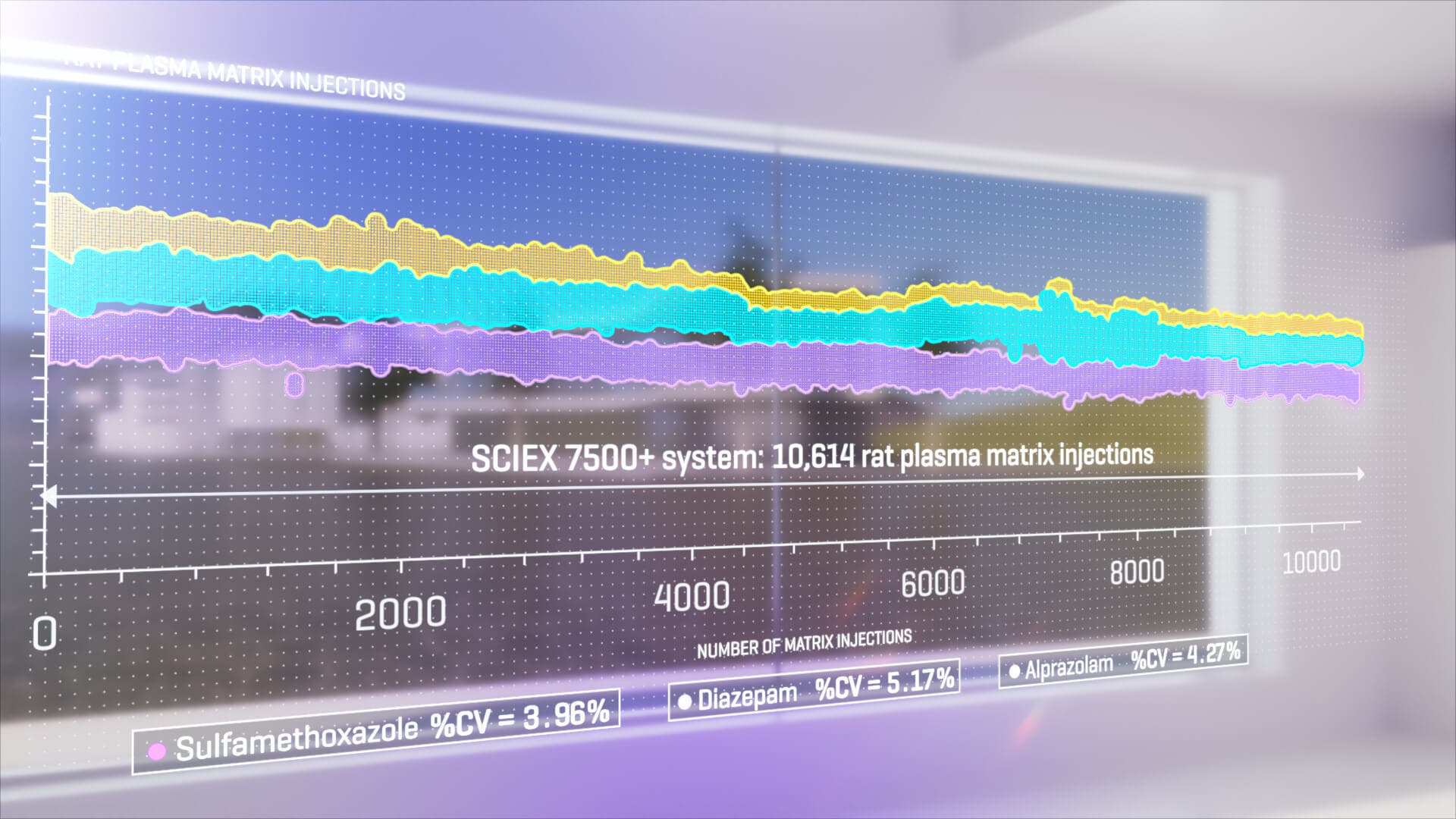

Innovation in resilience delivers increased efficiency and reduced downtime.
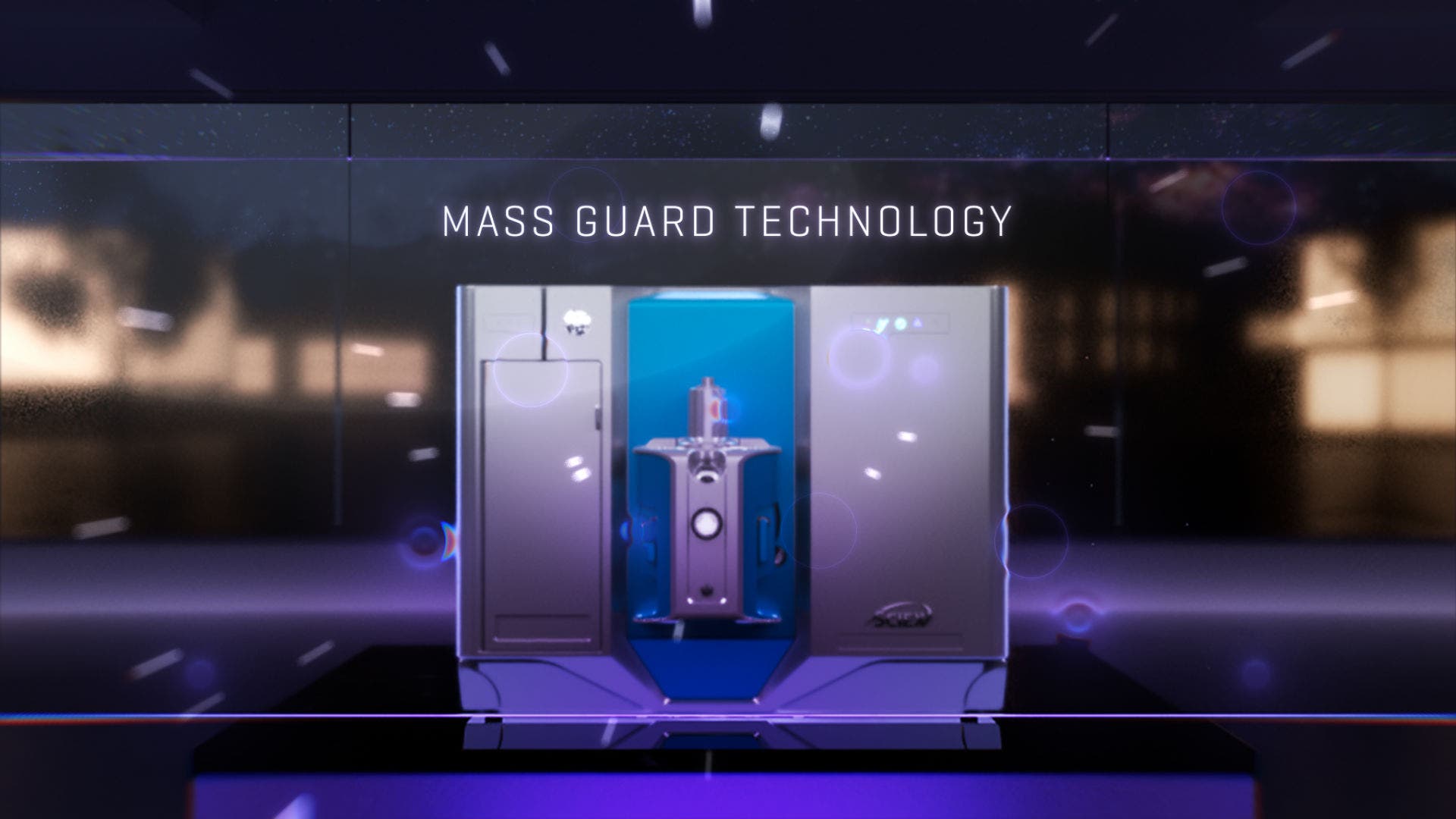
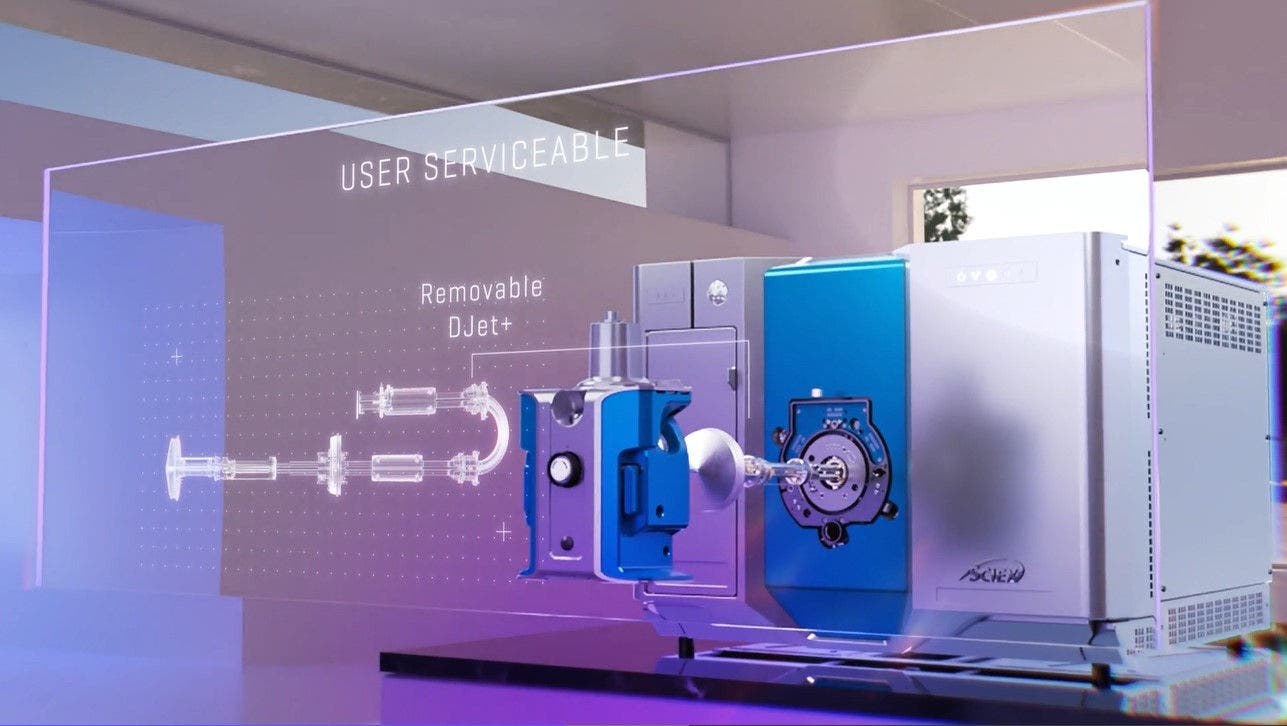
Data
Experience both performance and reliability without compromise
- Run for up to twice as long with no compromise in performance
- Quantify more trace analytes at lower levels in complex matrices
- Maximize your time and investment
- Mass Guard technology filters ions prior to mass separation
- Quickly develop methods for a wide variety of complex matrices
- Benefit from the potential for reduced sample preparation
- Our fastest SCIEX Triple Quad system yet enabled by new innovations in ion optics
- Increase the scope for larger quantitation panels
- Minimal need for method development
- Easy monitoring and performance tracking means you can focus your attention where needed
- Save time and reduce the potential for failed batches and repeat measurements
Figure 1. Peak area ratio (raw peak area normalized to IS) from analysis of alprazolam, a pharmaceutical small molecule, and sulfamethoxazole SST (A) and rat plasma matrix (B) injections on the SCIEX 7500+ system. Internal standard-corrected data for 3 drug compounds, showing %CVs of 3-5% across more than 10,000 injections of rat plasma.
Figure 2. Representative XICs of an example herbicide, diuron, in the solvent blank, in solvent standards at the LLOQ of 10 ng/L and 100 ng/L and in orange juice post-spiked at 100 ng/L acquired in positive polarity using the SCIEX 7500+ system.
Figure 3. Raw peak areas normalized to initial response (A) and internal standard (IS)-corrected peak area ratios (B) for perfluorooctane sulfonate (PFOS) in solvent quality control (QC) samples on the SCIEX 7500 (blue) and on the SCIEX 7500+ (green) systems. Stability of quantitation for PFOS across ~7000 injections of a variety of complex matrices. 11 of 13 PFAS compounds showed up to a 2x improvement in the number of injections performance could be maintained over versus the 7500.
Features
Mass Guard technology
The innovative ion filtering technology that reduces the risk and frequency of instrument contamination, maintaining our highest sensitivity for up to twice as long
Newly designed removable DJet+
The removable Djet+ assembly allows users to clean and maintain it themselves, making it easier to schedule front-end cleaning.
Speeds of up to 800 MRM per second
The fastest SCIEX Triple Quad yet increases the capacity for large quantitation panels that incorporate new compounds of concern.
Ionization Source
The OptiFlow Pro ion source incorporates the reliability and efficiency of the legendary Turbo V ion source while providing flexibility for quickly switching flow rates.
QTRAP system
Exclusive to SCIEX, QTRAP functionality like product ion scans enable improved confidence, while MRM3 workflows push quantitation levels through matrix interferences.
Detection
Precise and robust engineering of the ion rail delivers consistent and reproducible analysis time after time, by focusing and transmitting the crucial ions you need for your study.
Deliver on important timelines
SCIEX OS automated decision making means your system spends more time generating the results you need to hit your project deadlines.
More energy efficient
The 7500+ system is compatible with dry roughing pumps, which can reduce electricity consumption by up to 24% relative to oil-sealed pumps.
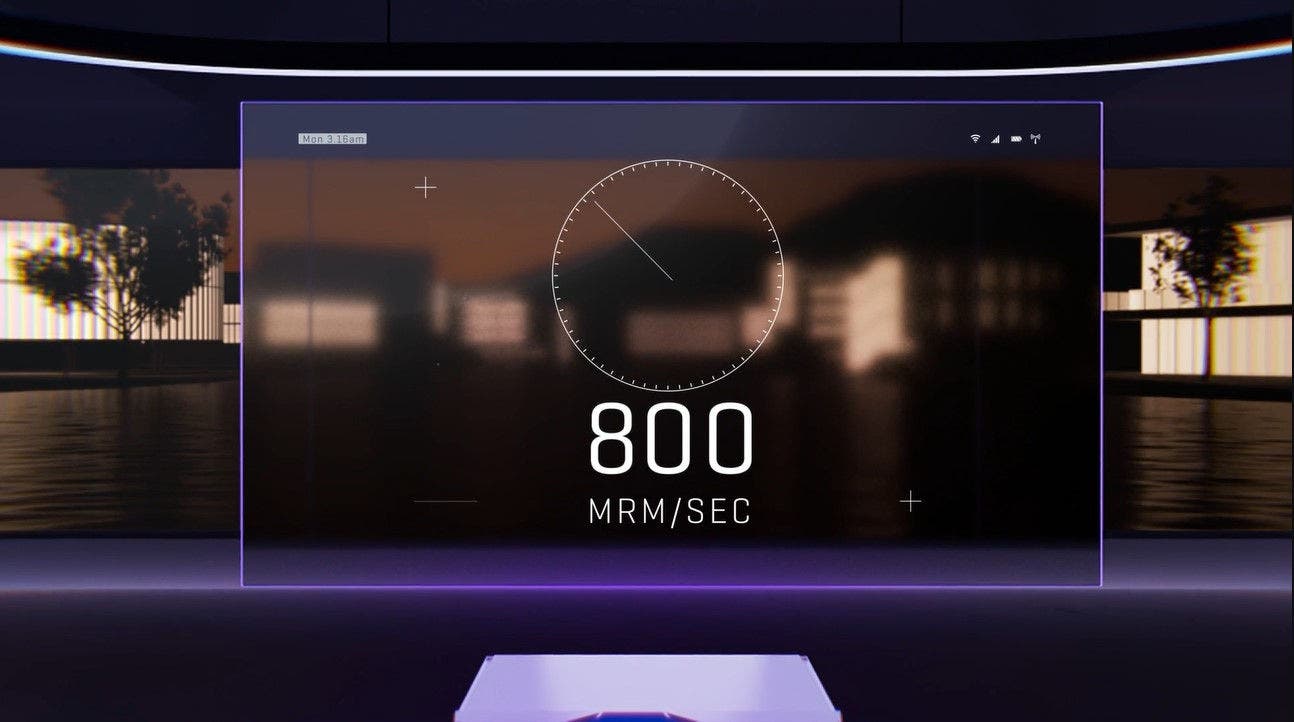
SCIEX OS software
Engineered to deliver more.
Faster.
- Unlock valuable, real-time insights into the performance of your instruments
- Enhanced scan functions deliver powerful quantitation and confirmation at the same time
- Stay on top of a changing laboratory landscape and enable software connectivity
- When security is critical. Incorporate electronic audit trails, e-signatures, and detailed security configurations
- Control, manage, and audit multiple instruments and projects
- Confidently collaborate with colleagues without language constraints
- Integrate and optimize the technology in your lab. Get help to increase efficiency and mitigate risks for downtime and data loss
Promise more from your investment
Maximize your investment with the SCIEX LC-MS Protect Plus Plan
A comprehensive coverage plan that ensures uptime, increases productivity, and generates more throughput. Take advantage of customer-serviceable technology and owner discounts for self-serviceable maintenance and enjoy on-site response, full coverage for parts, labor, and travel, planned maintenance visits, and telephone support.
To access further savings on software licenses and validation services, seamlessly transfer from your warranty period to a service package for uninterrupted lab operations.
*Please note that the SCIEX LC-MS Protect Plus Plan is exclusively available at the time of instrument purchase.
Explore SCIEX service and support
Mass spectrometer service and support plans
LC-MS service and support plans designed to provide the confidence you need to achieve your analytical goals.
Software support plans
Keep your results on the cutting edge with a support plan for your operating and processing software. Use your SCIEX software with confidence that it is up to date and secure.
StatusScope remote monitoring service
Experience real-time diagnosis, monitoring, and resolution of your system, and get full visibility into critical parameters directly in your SCIEX Now dashboard.
SCIEX Now Visual Assist augmented reality remote support
Bring your system back online in minutes instead of hours. Receive immediate visual support from a SCIEX service engineer while in front of your instrument.
SCIEX Now Learning Hub Success Programs
Get the training your team needs to succeed with SCIEX Now Learning Hub Success Programs.

